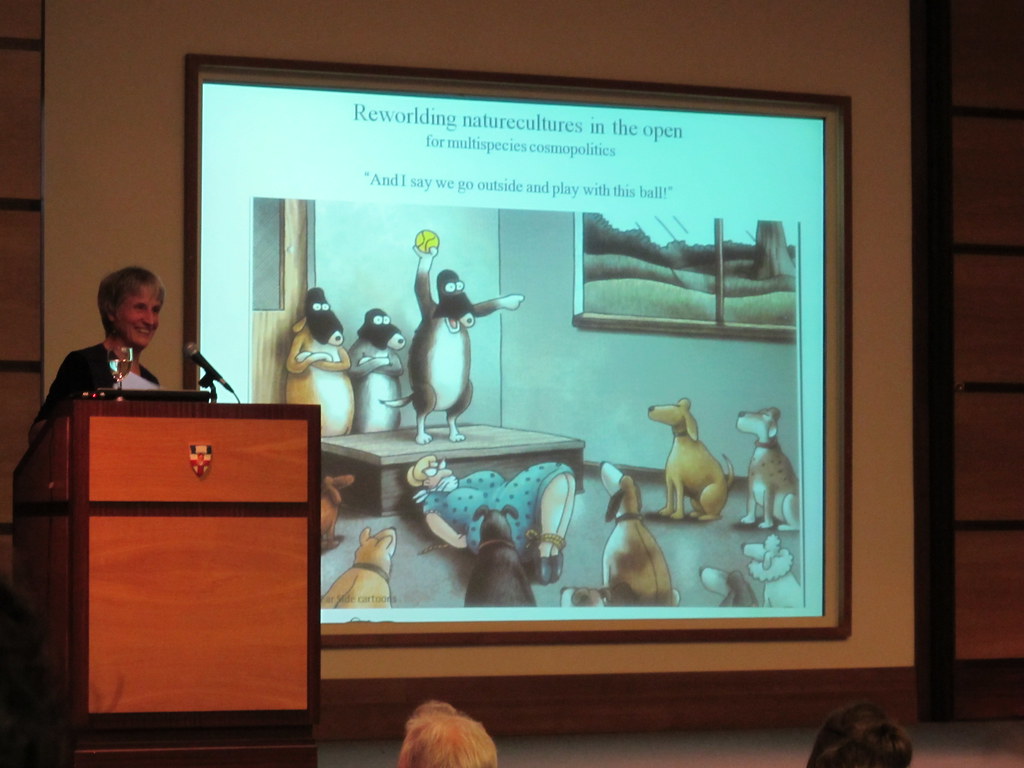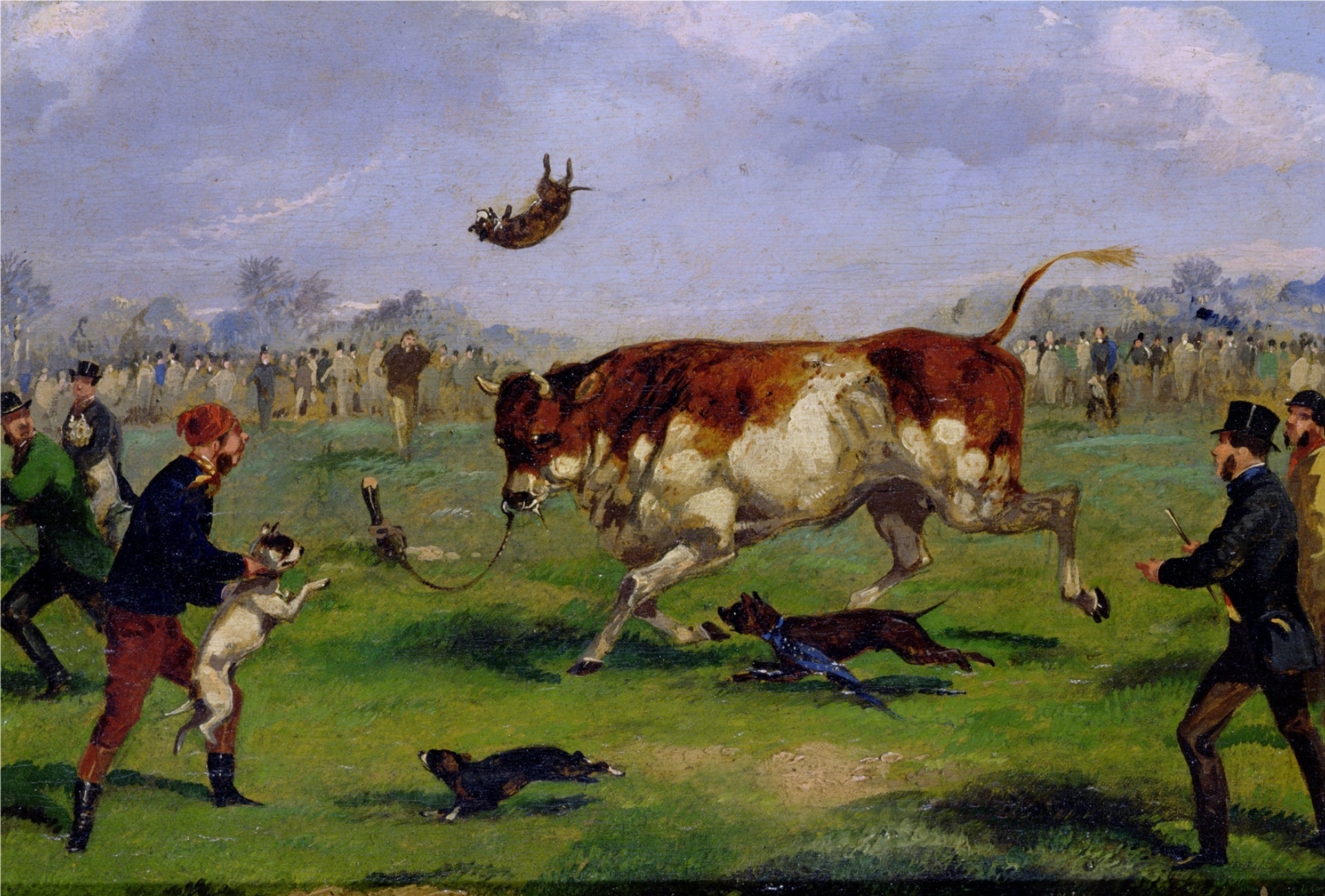Companion Species Versus Traumatized Pet in *White God*
White God showcases how the connections between humans and dogs can torture and nurture both species. Ultimately, though, it offers a way to build relationships based on Haraway’s companion species ideal instead of either pampering or torture. The opening title quotation from Rainer Maria Rilka establishes the primary argument of the horror drama White God (2014): “Everything terrible is something that needs our love.” To support its claim, however, White God demonstrates how horrific mistreatment may also create the terrible, turning a house pet into a feral hyper-intelligent revolutionary menace.
Set in an alternate Budapest, the film’s conflicts begin when Hungary sets a severe tax on those who own mixed breed dogs, so pedigree and purebreds will be favored. To avoid the tax, mixed breed owners dump them on the streets or in overcrowded animal shelters. The film’s production notes argue the film serves as “a stark, beautiful metaphor for the political and cultural tensions sweeping contemporary Europe.” But its focus on one mixed breed dog’s responses to a lifeless urban environment and the hostile situations he experiences after abandonment by his young owner’s cruel father also suggest an expanded view of eco-trauma may be warranted. In White God, mixed breed Hagen battles urban ecological catastrophes and eco-trauma that transform him from loving pet to vengeance seeking monster.
For Anil Narine, eco-trauma is a product of the ecological catastrophes that “confront us directly, as experiences, or indirectly, as images circulating in the media” (1). Narine suggests, “these events tend to confound us and even paralyze us politically and psychologically” (1). Psychologist Tina Amorok argues that ideally, humans experience lives that are interconnected with others and the natural world. But, Amorok suggests, “The experience of interconnectedness contains paradox, for we sense not just the profound beauty of life but also the pandemic of human violence and the existential anxiety that it causes” (29). Our responses to the eco-trauma this dilemma causes may be violent, Amorok declares, and include
separation ideologies and practices (war, religious fanaticism, racism, and sexism), psychological defense mechanisms (denial, dissociation, psychic numbing), and an array of debilitating behaviors and responses that bear the signature of trauma, ranging from depression, anxiety, and addictive lifestyles to violence toward self, others, and nature. (29)
White God illustrates how a domesticated dog reacts with similar violence when facing eco-trauma and urban ecological catastrophes associated with it.










